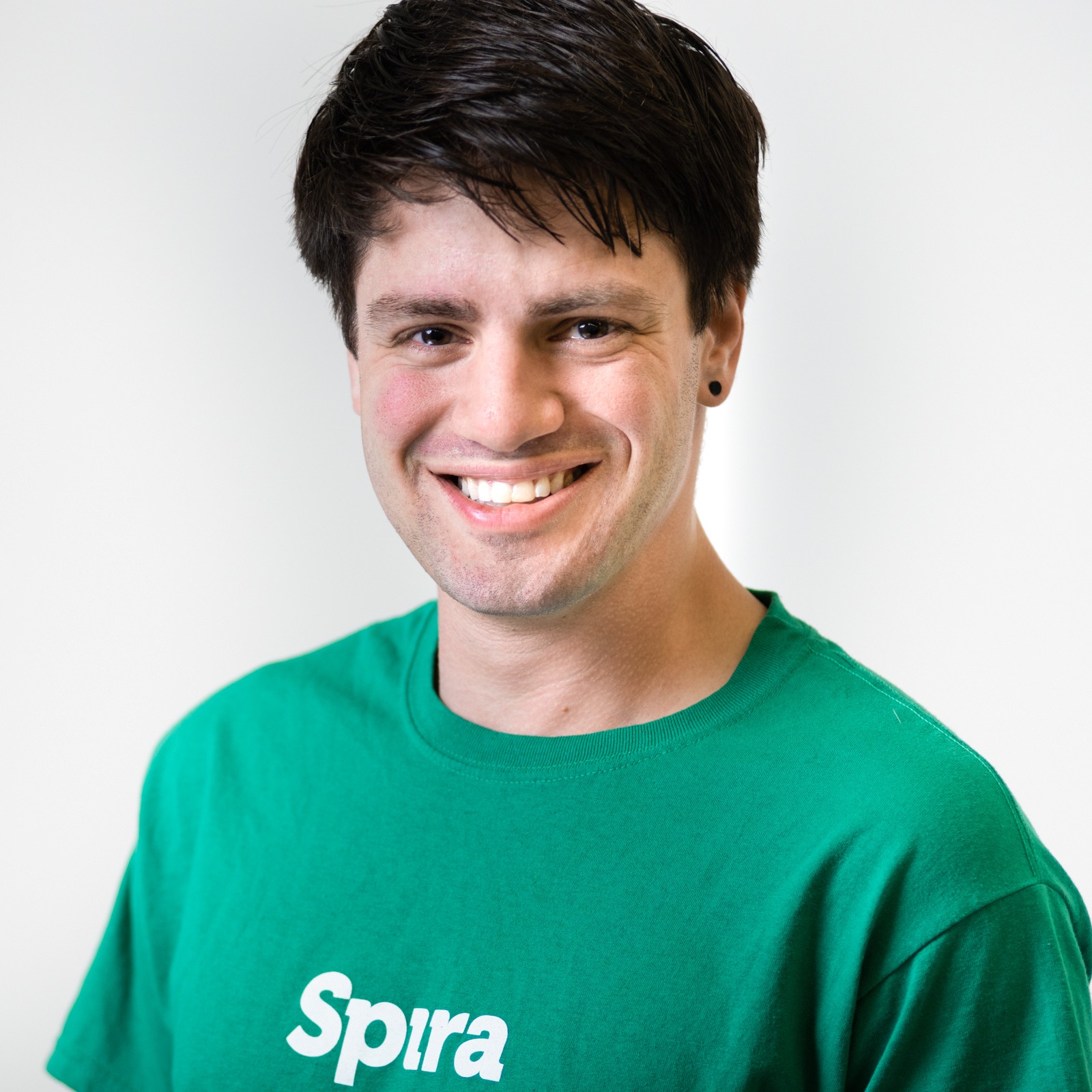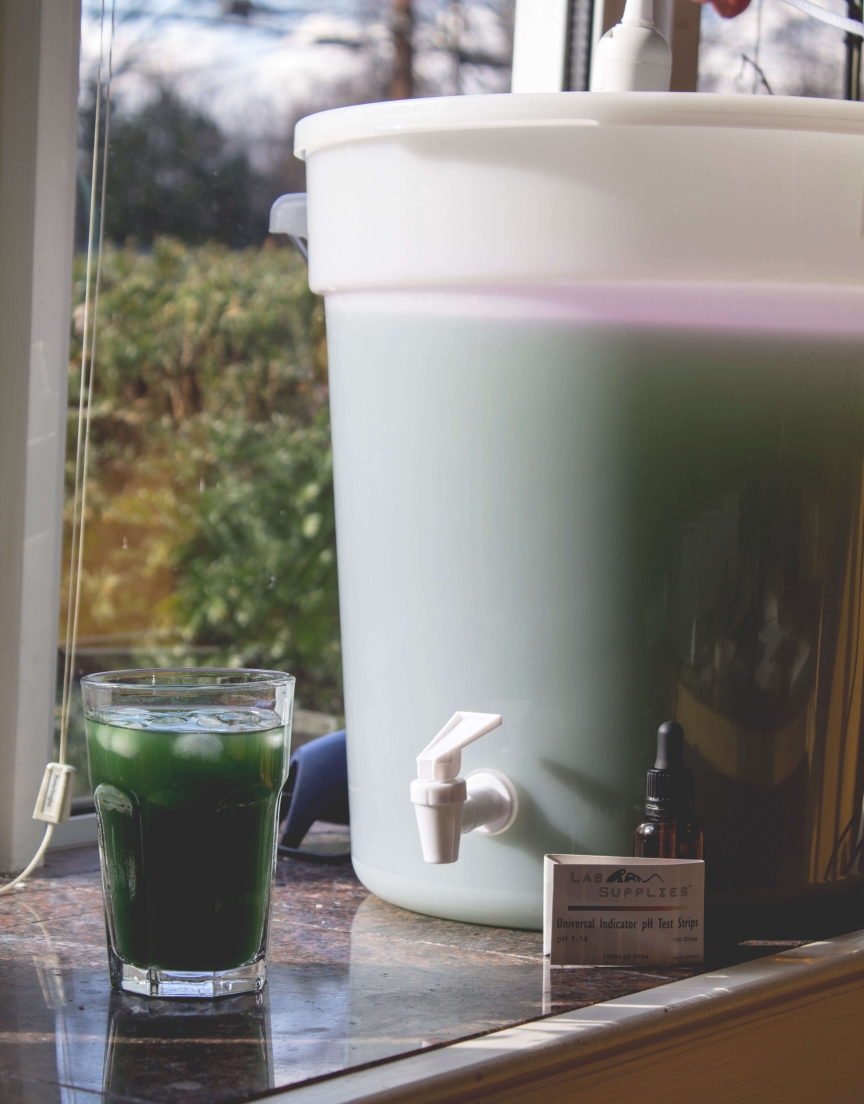About This Project
One of the biggest challenges for off-world life is the production of food. Astronauts need nutritionally dense, fast-growing and resource-efficient food that can be grown in a tiny amount of space. This experiment aims to grow spirulina algae to supply a nutritional supplement to the crew. Previous NASA experiments only tested dried spirulina algae. This experiment will test growing conditions and sentiments around fresh spirulina algae to enable nutrition for life in space.
Ask the Scientists
Join The DiscussionWhat is the context of this research?
I was selected as a NASA analog astronaut at HI-SEAS to simulate living on the moon. These missions range from a few weeks to months, and test how people might live off-planet in a socially-isolated environment. The enclosed isolated space at HI-SEAS on the side of a volcano in Hawaii, provides a fertile test-bed to run experiments that enable life on other planets and give researchers a sense of what is required to make humanity thrive in those extreme environments.
I'm a giant space geek. Ever since I was a kid I launched rockets and dreamed of finding ways to explore the solar system. I started researching algae as a means of creating access to nutrition anywhere effortlessly, and was selected for this mission due to my experience.
What is the significance of this project?
Algae has the ability to grow quickly on just sunlight, CO2, water and salt while treating wastewater, bioremediating CO2, providing nutrition, and absorbing harmful radiation. This is essential in space when astronauts are resource limited. Previous research has been done by NASA and ESA to investigate the use of algae for closed life-support systems. That research has proceeded slowly as many astronauts did not like the taste of dried algae as a food source.
Fresh algae has no taste and can be grown quickly on-site. This experiment is meant to compare dried algae to fresh and measure the sentiments of fellow astronauts to this new food source while tracking metrics that relate to the growing, harvesting and consuming of freshly grown algae.
What are the goals of the project?
The goal of this experiment is to test the hypothesis that fresh spirulina algae is preferred to dried spirulina algae and that it provides similar nutritional properties while being grown quickly on minimal resources.
Previous NASA CELSS experiments tested the growth, nutritional density and feasibility of use of spirulina algae for space-based habitats. No study was performed with astronaut consuming fresh algae. Previous ESA MELISSAexperiments tested growth/feeding animals, on the ISS, and much more. Neither group actually fed astronauts fresh spirulina algae and/or tested the sentiments of the astronauts to eating algae.
This work will be an initial experiment leading to a future NASA SBIR grant to dive deeper on the topics of spirulina algae in space.
Budget
First, I'll need to travel to the remote location where HI-SEAS is located on the side of Mauna Loa, a volcano in Hawaii. Next, I'll be bringing a Spira spirulina bioreactor which should include all the components for growing spirulina. Lastly, I'll be bringing along a number of chemical analytical tools for protein analysis like the Bradford and Lowry assays using the spectrophotometer, and physical analysis like the light, pH, total dissolved solids (TDS), nitrate, CO2 and power tracking devices.
I'll be using the microscope on-site to take pictures of the spirulina for everyone to see. An additional cost comes from my crew uniform and patches, of which I'll send a patch to the biggest donor to the campaign.
Lastly, I'll be isolating new algal species from the volcano for genomic sequencing.
As a stretch goal, I plan on testing to see if spirulina can grow on the nitrates from diluted urine (I won't be eating this, it's just to check the grow curves).
Endorsed by
 Project Timeline
Project Timeline
9/5/2020 - Everything should be already packed and ready-to-go
9/7/2020 - Arrival at HI-SEAS, unpack equipment
9/8/2020 - Begin growing spirulina cultures
9/9/2020 - EVA to isolate new species of extremophilic algae
9/10/2020 - Begin urine growth experiment
9/14/2020 - First harvest of spirulina culture + test
9/20/2020 - Second harvest of spirulina culture + test
9/21/2020 - Final data collection, Leave HI-SEAS + travel back
Aug 16, 2020
Project Launched
Sep 05, 2020
Mission Prep: Everything Packed
Sep 07, 2020
Travel to Mauna Loa + HI-SEAS
Sep 08, 2020
Begin Growing Spirulina
Sep 09, 2020
EVA to Isolate + Culture Algal Extremophiles from Volcano
Meet the Team
Elliot Roth
Elliot is the former head of strategic partnerships and venture portfolio in the agriculture group at Deep Science Ventures, and former founder of Spira, a company that creates carbon-negative materials from engineered algae grown by a global network of farms.
Previously Elliot helped establish IndieLab RVA, a community lab in Richmond, Virginia, and led a coalition of 5 community labs sharing knowledge and expertise in Virginia. He worked as a consultant with Betabox Labs establishing educational programming in a mobile makerspace, and built out the CrabLab in Los Angeles, a community laboratory in a shipping container as well as the Biopunk Society and Cellsius in San Francisco.
He is a Future Founders and Halcyon Fellow, holds a degree in biomedical engineering; previously started 7 companies, 2 nonprofits, studied synthetic biology for 12 years and worked for 5 years as a product consultant. He is incredibly motivated to solve physiological needs using simple biological design and enabling access to the tools of biotechnology. In his spare time he plays music, and participates in space analog missions while residing in San Francisco.
Additional Information
Photo cred in header image: HI-SEAS/C. Heinicke
Dietary protein recommendations for astronauts is 56g / day for men and 46g / day for women. Since spirulina algae has a range of protein concentration of 50 - 70%, that means that the total spirulina biomass needed is about 100g per person or, at a growth rate up to 0.53g / L / day, a total of 400 L if half of the culture is harvested daily. Accounting for some variability in growth rate, the total amount of liquid culture needs to be between 400 L - 1000 L to support an astronaut indefinitely.
The picture below is of the 20 L photobioreactor that will be used in this experiment to get enough biomass to form a taste test comparison between dried spirulina algae powder and fresh spirulina algae biomass.
Project Backers
- 54Backers
- 167%Funded
- $2,957Total Donations
- $54.76Average Donation



